by Deanna Destito
What is a comic book letterer? There are a shocking number of people who have no clue. Letterers play a key role, and when the result is subpar, the reader will have trouble following the plot and who’s talking. The Beat chatted with some of the best letterers working in comics today to get their perspective on the job and the current state of the industry.
Destito: So, what exactly does a letterer do?

Sal Cipriano (Teen Titans, Hellblazer): To make it really simple, we put the words in the books. We take the script. We copy and paste, and we shape the bubbles. We make the sound effects. We do the title. Sometimes we do more than that. Credits pages. Logos. A lot of graphic design goes into it.
Deron Bennett (Batgirl, Darkwing Duck): The way I describe it to anyone who’s asking is: anything you see written in the comic book is likely done by the letterer. Whatever you’re reading in there is likely produced by the letterer digitally. A lot of people still think it’s the old hand drawn stuff, but now digital is 90% of the way books are done.
Jim Campbell (Grimm Fairy Tales, Wonderland): The thing I get all the time online is people saying, “oh because it’s on computers it must be easy.” My feeling on that is if that were true, you would never see any bad lettering. Ten seconds on the internet will disprove that quite quickly. It’s mostly horrible. People don’t seem to appreciate that there’s a thought process. It’s depressingly common that people think we’re typists. It reduces our role.
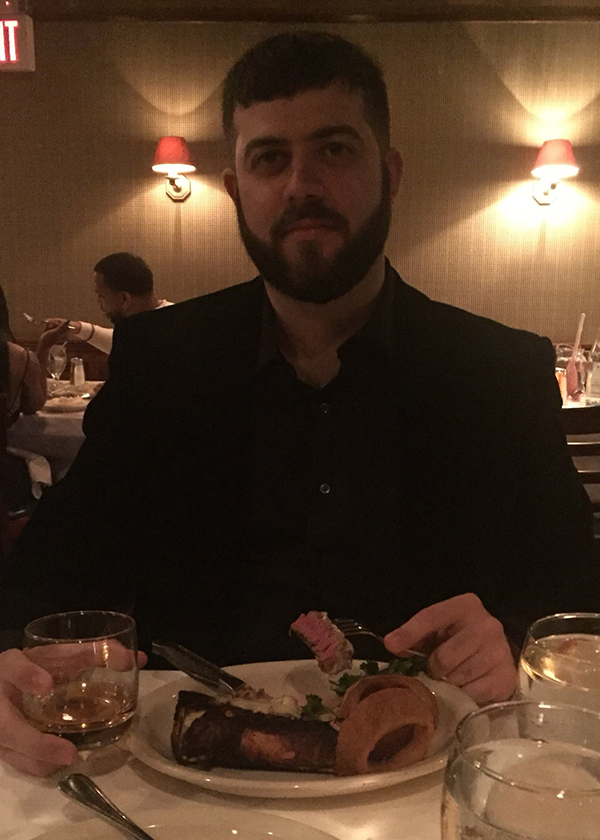
Taylor Esposito (Red Hood and the Outlaws, Robyn Hood): Everyone is like, “oh you’re just putting [the balloons] down. No, we’re not just putting them down. We’re putting them down in a place where there’s space. Where it makes sense. Where it leads you across the page. Let’s be honest. Not all pages are constructed perfectly where you’re going to know exactly where to go. Sometimes it takes this balloon to this balloon then down here—that tells you where things are going.
Cipriano: The thing that most people need to remember, whether it’s learned or natural, is we’re artists as well. Once we get all our stuff in, it’s gotta look like the page is just one page. Everything has to be married perfectly. The art, the coloring, the lettering, it’s gotta look like a piece of art. I can take that page, blow it up, and put it on my wall. If anything is out of line it doesn’t look like one piece of art. Someone who does bad lettering—that person just doesn’t understand yet. And we’ve all been there. Artists don’t even understand it sometimes, what lettering is supposed to be doing and their role within the page.
Campbell: They’ll say why did you cover this up?! Well you didn’t leave any room for the bubble. Where was I supposed to put it?
Destito: Is it true that you don’t notice good lettering?
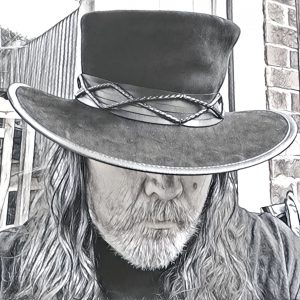
Campbell: My background is graphic design for newspapers. I’ve set a lot of type. And I would say…I’ll put the same piece of text in front of you. You do it. I’ll do it and we’ll put it front of someone else. I guarantee they’ll pick mine every time because it looks nicer. But they can’t tell you why.
Cipriano: It was so perfect you didn’t notice it.
Esposito: It doesn’t stand out. The old masters, Kirby and those guys, they would pencil it in. Maybe not exactly how it was supposed to look, “but this big area here– I’m not going to do all the lines there because it’s not important. I’m going to block in the text there. That’s where it’s going to go. It’s going to read properly.”
Nowadays everything is done so the pages can be sold later. “I’m going to make it as pretty as possible.” But it’s still a piece of art with the lettering and you have to keep that in mind.
Destito: Do the letterers have the best view of the whole page?
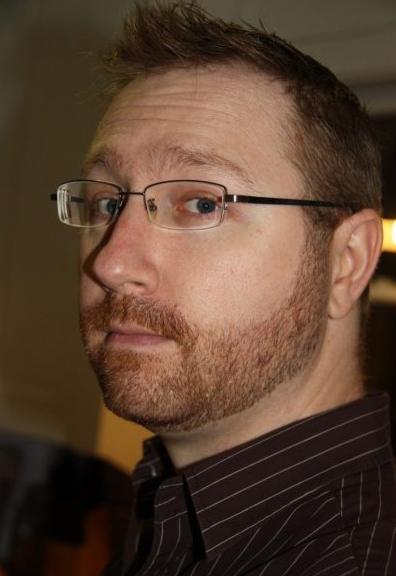
Marshall Dillon (Vampirella, Hack/Slash): We’re the first people to see the finished page.
Esposito: We’re one of the few people who will see the script, the pencils, the inks, the colors. Every part in the process.
Bennett: The perspective that we have coming in, most likely at the final stage of the book other than pre-press– we see everything. We know how page specs work. An artist may draw 11×17 and not understand where the bleed or the trim is. We understand how it marries with the colors and the letters on top of it. When you see letterers complaining, it’s because we’re looking at that whole landscape. If more people cross-trained like that, we would help each other work better.
Cipriano: That is really important. That is a valid thing to talk about. It affects us really badly. Bottom line: we don’t get paid that much. We are the worst paid part of the team and it’s criminal. I mean, do you value the words in your books?
Destito: Is there too severe an imbalance in pay?
Dillon: We are just getting to a point where letterers are even mentioned in press releases or getting cover credit. So it’s not surprising we’re the last to be thought of for a pay raise.
Cipriano: This low rate for letterers has been the standard for so long. Before social media, you never heard anyone talk about this. Slowly, you hear more and more. It started when the colorists started getting royalties. I’ve argued this from day one.
Esposito: You need lettering to do a comic. You can do a black and white book and it is just as good as a color book. But you can’t read a book when there are no balloons.
Campbell: The lettering is just as much of an influence on the book’s look as the inker or colorist.
Destito: What is the best compliment you’ve ever received?
Dillon: A pay raise.
Esposito: I told someone my rate and they said, “Really? I’d pay you double!” Thank you!

Bennett: The biggest compliment for me is when I’m requested on a book.
Cipriano: Karen Berger wanted me to do her books. And to find out it was Richard Bruning who was the art director at DC who brought me in. And their compliments. I’m getting goosebumps just thinking about it.
Destito: Do you have any advice for anyone who wants to do this?
Dillon: Our heroes are still working and they’re working for the same or less money than we are. And doing half as many books. It’s a very easy job to get into. It takes a while to get good at it, and it takes a long time to get really good at it. I think writers should learn to letter because they will learn what they’re doing wrong and they’ll appreciate what the artist is doing right or wrong. It’s a really good way for them to up their game as a writer. It’s a good skill to have.
Cipriano: The more you know, the better it is for you.


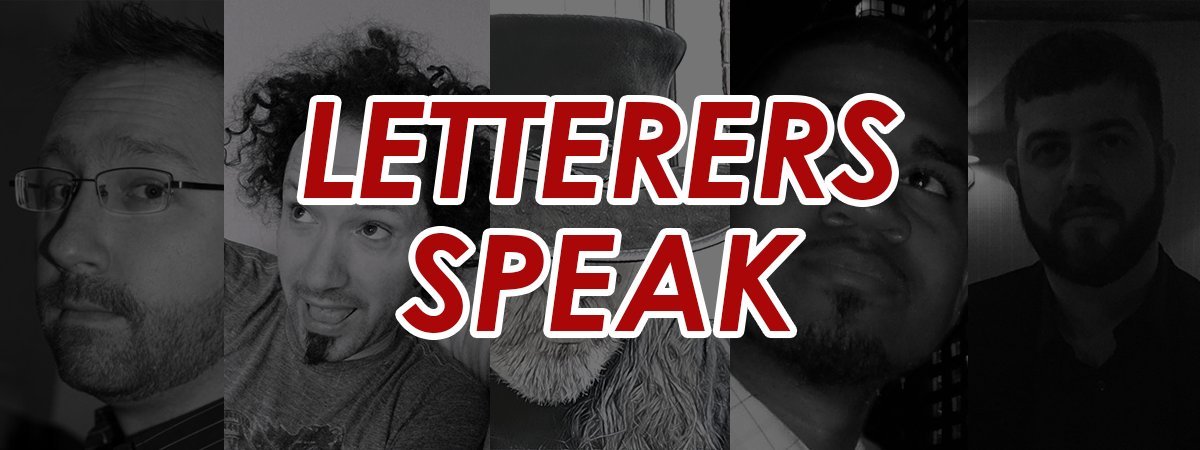
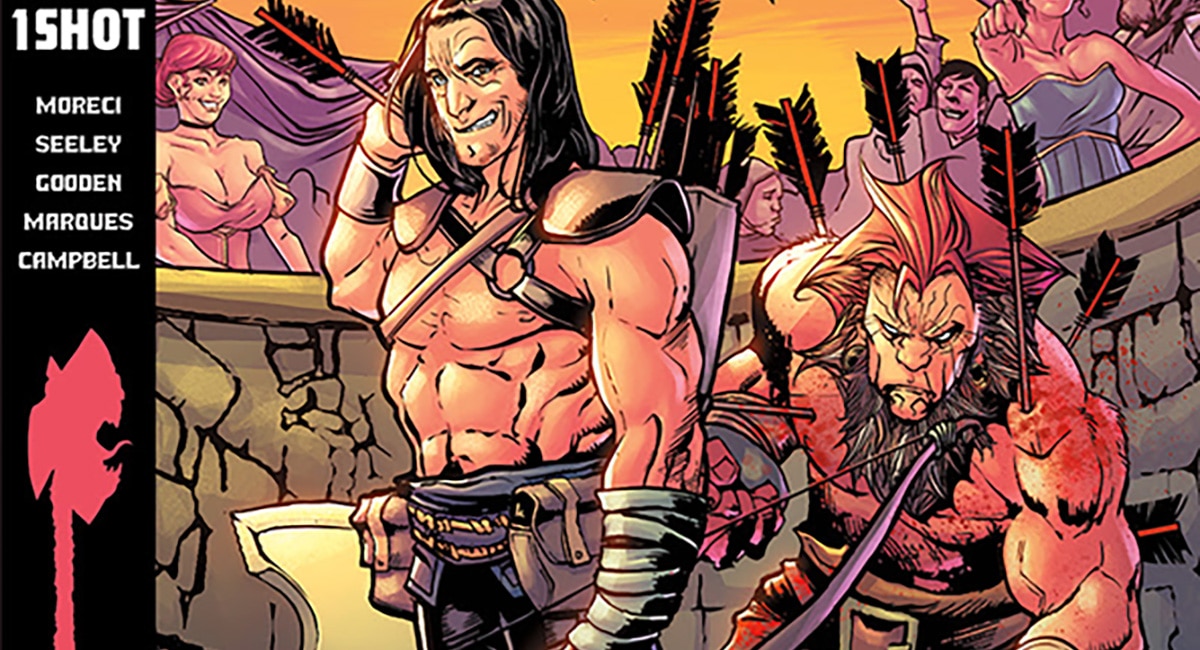
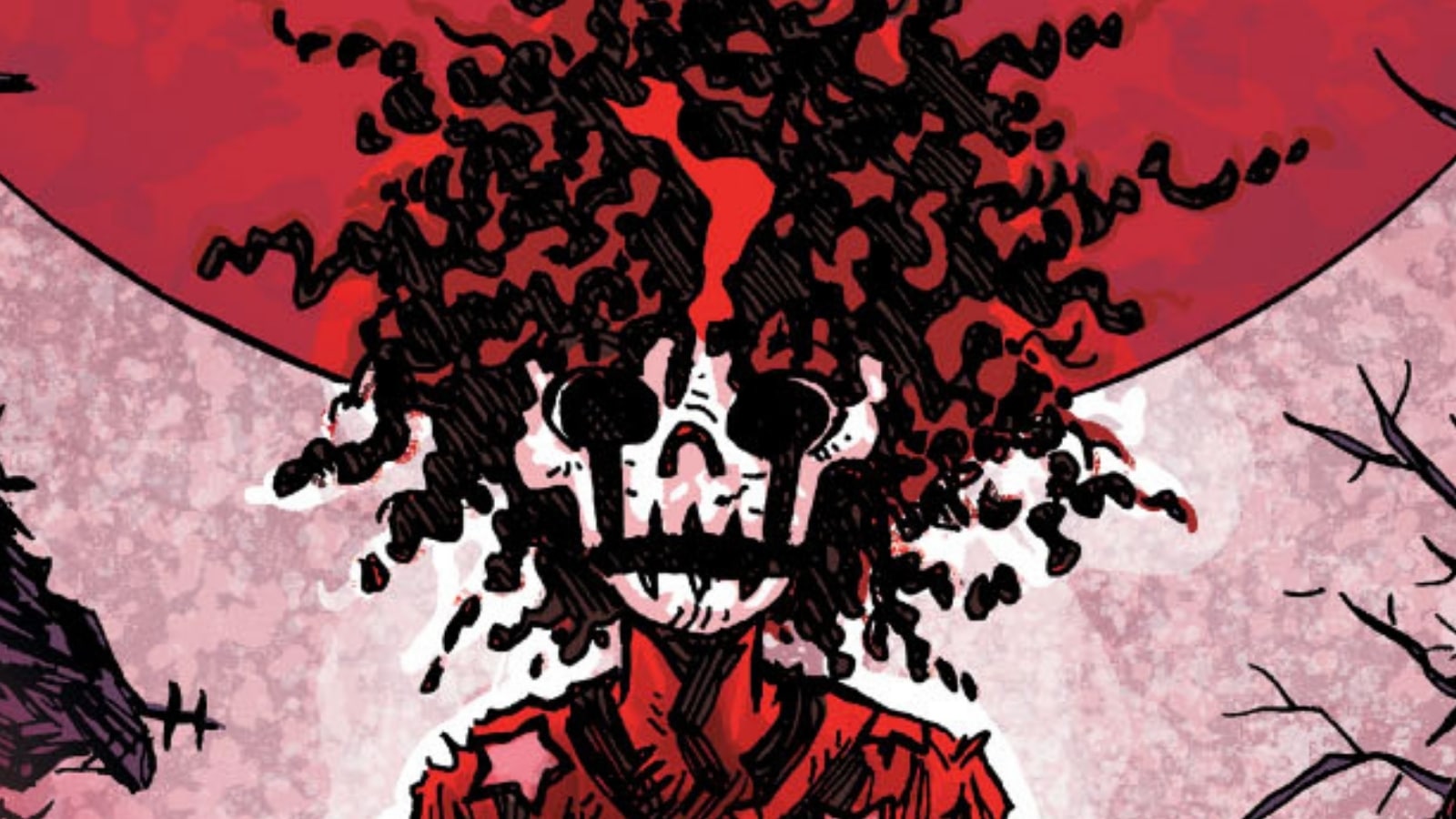


Comments are closed.